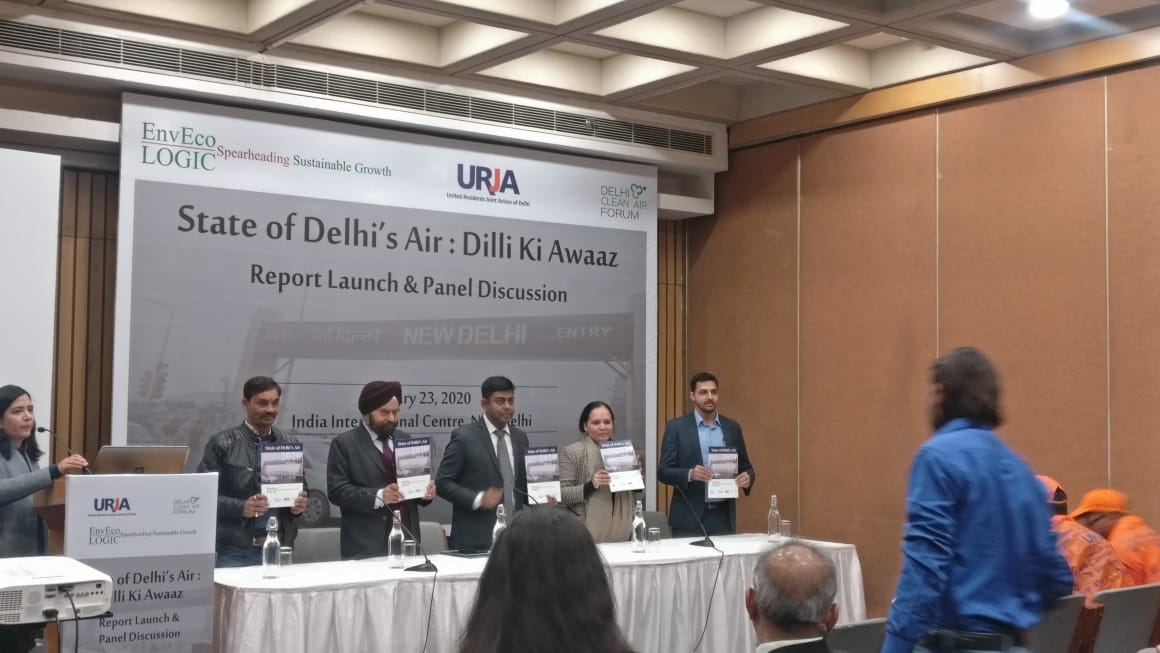State of Delhi’s Air 2020:
A Public Perception Study
The State of Delhi’s Air 2020 report is a public perception study analyzing the impact of air pollution on the lives of people living in Delhi and how they are dealing with it, besides analyzing factors driving their involvement to manage the crisis.

Public forms the largest stakeholder group and constitutes the most vulnerable members. Any decision impacting them cannot be taken in isolation. Policy makers, governing bodies, researchers, and market players cannot contribute in addressing the issue of ‘Air Pollution’ effectively without public based insights, which this report will generate through an exhaustive survey.
Report Launch | January 23, 2020 | India International Centre, New Delhi

State of Delhi’s Air 2020:
A Public Perception Study
The State of Delhi’s Air 2020 report is a public perception study analyzing the impact of air pollution on the lives of people living in Delhi and how they are dealing with it, besides analyzing factors driving their involvement to manage the crisis.

Report Launch | January 23, 2020 | India International Centre, New Delhi




